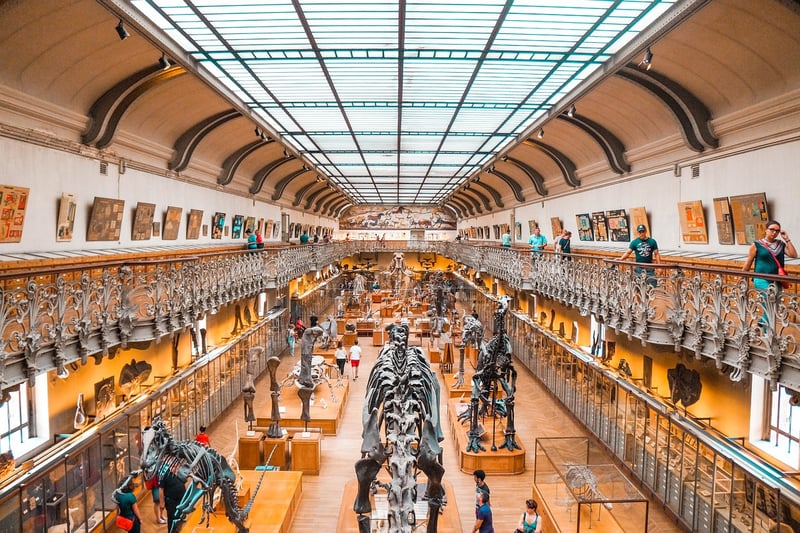Jurassic Era
Exploring Different Time Periods: The Jurassic Era
Have you ever wondered what life was like in different time periods throughout Earth's history? Let's take a journey back in time to explore one of the most fascinating eras, the Jurassic period.
What was the Jurassic Era?
The Jurassic Era, part of the Mesozoic Era, lasted from approximately 201 to 145 million years ago. It was a time of immense geological and biological changes, characterized by the dominance of dinosaurs and the emergence of new plant species.
Key Features of the Jurassic Era:
- Dinosaurs: The Jurassic Era is often referred to as the "Age of Dinosaurs." Iconic dinosaurs like the Brachiosaurus, Stegosaurus, and Allosaurus roamed the Earth during this time.
- Pangaea: The supercontinent Pangaea began to break apart during the Jurassic period, leading to the formation of separate landmasses that would eventually become the continents we know today.
- Marine Life: The oceans teemed with marine reptiles like ichthyosaurs and plesiosaurs, along with early forms of fish and sharks.
- Plant Evolution: The Jurassic Era saw the diversification of plant life, with the emergence of new species of conifers, ferns, and cycads.
Exploring the Jurassic Era Today:
While we can't travel back in time to witness the Jurassic Era firsthand, we can explore remnants of this ancient period through fossils, geological formations, and museums dedicated to paleontology. Many dinosaur species discovered from the Jurassic period have left a lasting legacy in our understanding of Earth's history.
Conclusion
The Jurassic Era holds a special place in the timeline of Earth's history, offering a glimpse into a world dominated by dinosaurs and ancient plant life. By studying this fascinating time period, we gain valuable insights into the evolution of life on our planet.

Explore more about the Jurassic Era and other time periods to unravel the mysteries of our planet's past!
For more information, you can visit here.
